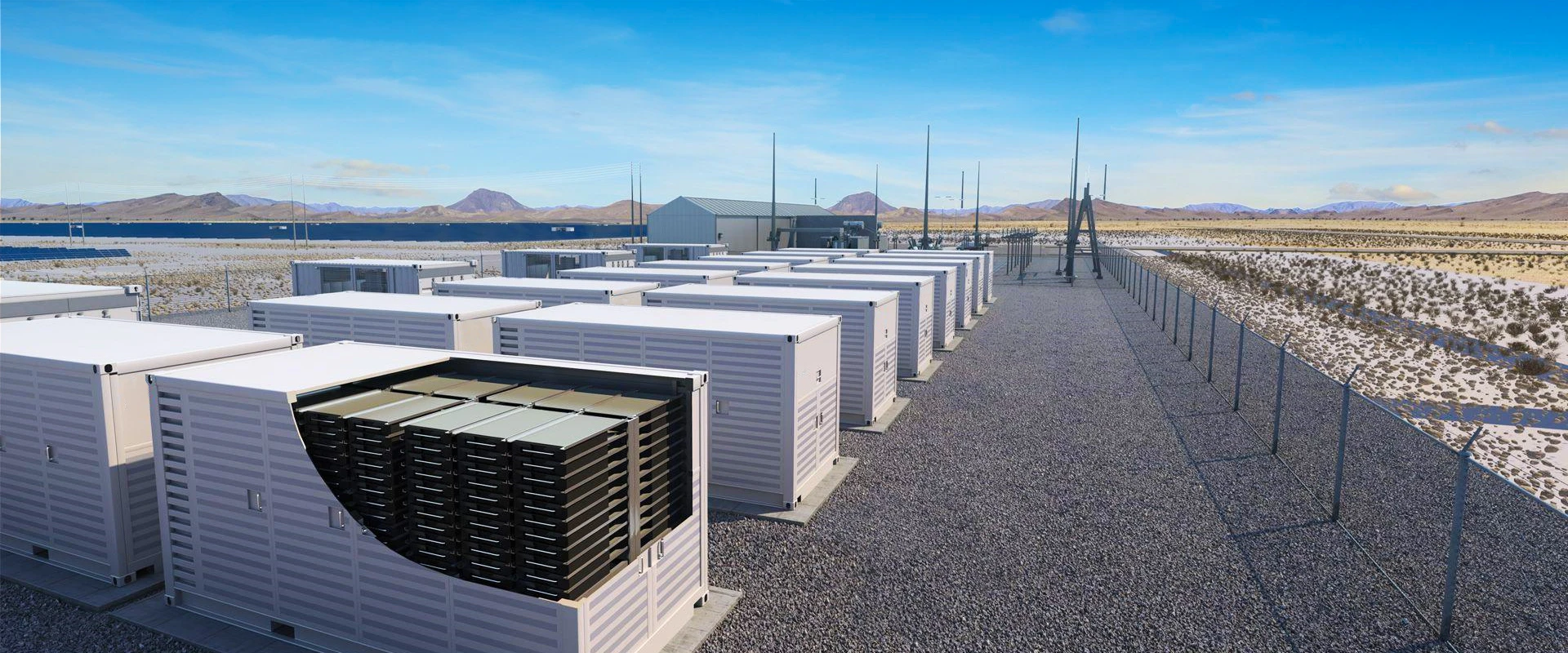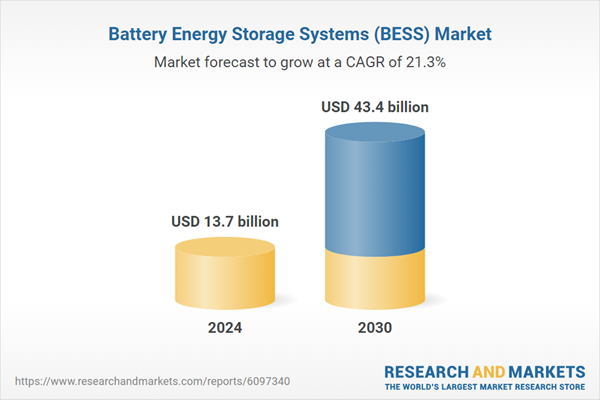Why is it important for people who own solar panels to have an energy storage system?
The demand for solar panel systems is increasing as individuals and businesses seek ways to reduce energy costs and have a positive impact on the environment. For instance, the number of solar panels installed in the US in 2022 would generate enough electricity to power 22 million homes, even though we only harness a fraction of the sun's power.
However, solar panels have certain limitations. One major drawback is that they can only generate electricity when exposed to sunlight, resulting in decreased efficiency during cloudy weather or the winter season when daylight hours are shorter. Conversely, on sunny days, solar panels often produce more energy than necessary, but this excess power goes to waste since the panels lack the capability to store it.
Fortunately, solar energy storage systems can address both of these issues. They have the ability to collect surplus electricity produced by the panels, store it, and make it available for use whenever needed. In some cases, these storage systems can even accumulate energy during the summer when renewable sources generate an excess supply and later utilize it during the winter months when demand is high but solar energy supply is limited.
Solar panels equipped with storage devices are gaining popularity as a backup energy source, particularly during power outages caused by severe weather conditions. When such disruptions occur, the panels alone are unable to generate electricity. However, if owners have a storage system in place, they can easily access stored energy to fulfill their power needs.
In scenarios where owners of solar panels are still connected to the power grid, they can draw electricity from their utility provider whenever their solar system does not generate enough energy. Additionally, in many states, excess energy generated by the panels can be sent back to the grid in exchange for credits through a process called net metering. However, as a safety precaution, when the power grid goes down, grid-tied solar energy inverters automatically shut down, resulting in the solar panels not functioning.
With a solar storage system, power outages are less of a concern as owners can simply connect to their storage device and access the necessary energy.
What are the primary categories of solar energy storage?
Selecting the optimal storage method for energy generated by solar panels can be slightly challenging due to the wide range of available options. While this allows companies to choose a storage method that best suits their needs, it can also create confusion when trying to understand how each method works and what their specific requirements are.
Let's briefly explore the various types of solar energy storage and their main characteristics.
Solar batteries
Solar batteries have become increasingly prevalent for storing solar energy, primarily due to their significant drop in cost in recent years. The price of Lithium-ion batteries, in particular, has decreased by 89% – from over $1,200/kWh in 2010 to $132/kWh in 2021. This substantial cost reduction has made them much more affordable for households and smaller businesses. Solar batteries are now one of the simplest and most convenient ways to serve as a backup power source when solar panels do not generate sufficient energy or when there is a grid power outage.
There are four main types of solar batteries available on the market:
Lead-acid batteries: These have been around for a long time and are known for their reliability and affordability. However, they are bulky, heavy, and require regular maintenance.
Lithium-ion batteries: These batteries are smaller, lighter, and can store more energy. They have a longer lifespan and require little maintenance, but they are still more expensive than lead-acid batteries.
Nickel-cadmium batteries: These batteries are durable and can function in extreme temperatures. However, they contain toxic cadmium, which makes disposal environmentally challenging.
Flow batteries: These batteries use a water-based electrolyte that flows between battery chambers. They have a long lifespan and can be expanded easily, but they are currently expensive and difficult to set up due to their large size.
Another option is using a thermal storage system, which stores heat in a fluid or solid material until needed. This stored heat can then be converted into electricity. Thermal storage systems can store large amounts of energy for months but require ample space and have high upfront costs.
Pumped-storage hydropower is the most common utility-scale energy storage method, involving pumping water uphill into a reservoir during low demand and using the flowing water to generate electricity during high demand. This method requires suitable landscapes, space for reservoirs, and significant capital investment and planning.
Overall, each storage method has its advantages and limitations, requiring careful consideration based on specific needs and constraints.
Choosing the right storage method depends on specific needs and goals. The capacity and lifespan of solar batteries may be limited, making them less suitable for businesses with high energy needs. Thermal or hydro storage can store larger amounts of energy for a longer duration, but require significant planning and investment.
To maximize the use of stored energy, a solution for managing storage systems and monitoring energy consumption may be necessary. In conclusion, solar power provides clean and abundant energy, and storing it through solar storage systems allows businesses to rely on solar energy even when generation levels are low, reducing energy costs and environmental impact.


